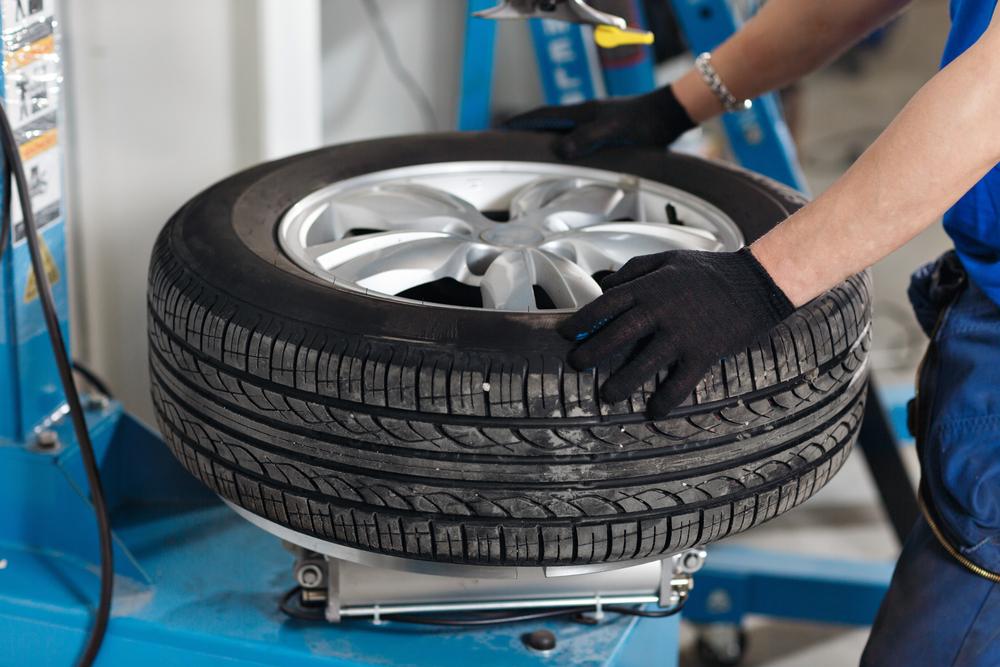Comprehensive Guide to Choosing the Ideal Truck Tires for Safety and Performance
Choosing the right truck tires is essential for safety, durability, and performance. This comprehensive guide offers valuable tips on selecting tires suited to your driving environment, load requirements, and weather conditions. From understanding tire ratings to regional considerations, ensure your truck is equipped with the best tires for optimal performance. Proper tire selection and maintenance can extend lifespan, improve handling, and keep you safe on the road. Learn how to make informed decisions for your truck tires today for a smoother, safer ride.

Comprehensive Guide to Choosing the Ideal Truck Tires for Safety and Performance
Selecting the right tires for your truck is a critical decision that influences safety, durability, and overall driving experience. Unlike passenger car tires, truck tires are designed to handle heavier loads, rougher terrains, and diverse weather conditions. Understanding the key factors involved in choosing the perfect truck tires can save you money in the long run and ensure your safety on the road. This detailed guide covers essential tips, various types of truck tires, and considerations tailored to your specific needs and driving environment. Whether you operate a commercial fleet or own a personal truck, making an informed choice is vital for optimal performance.
Prioritize Ride Comfort and Safety
When selecting truck tires, many people initially focus on cost, but skimping on quality can lead to frequent replacements, increased maintenance costs, and, most importantly, safety risks. Low-quality tires often feature subpar rubber compounds that wear out quickly, poorer sidewall construction, and reduced impact absorption capabilities. More affordable tires may seem attractive initially, but they tend to be more susceptible to damage from potholes, uneven roads, and challenging terrains, which can compromise safety and lead to costly repairs.
Investing in high-quality tires, though potentially more expensive upfront, offers longer tread life, enhanced durability, and better handling characteristics. These tires are built with superior materials and advanced tread patterns, providing better resistance to punctures and cuts. If you're an off-road enthusiast or frequently drive on rugged terrains, it’s especially important to select tires with reinforced sidewalls and tougher rubber compounds to prevent wheel damage and maintain stability under demanding conditions.
The Importance of Proper Tire Selection Based on Speed Ratings
Speed ratings are a vital aspect when choosing truck tires. They indicate the maximum safe speed that a tire can sustain over time without risking failure. For example, tires labeled with H or T ratings are suitable for most highway driving conditions, with H-rated tires capable of handling speeds up to 130 mph and T-rated tires up to 118 mph. Consider your typical driving speeds, regional regulations, and the nature of your routes when selecting the appropriate speed rating.
In states like Nebraska, Utah, and Wyoming, where speed limits are often around 75 mph, a tire with a moderate speed rating is generally adequate. However, professional drivers and fleet operators should align their tire selection with the highest speeds they anticipate to prevent potential blowouts or safety hazards. Properly rated tires contribute to better handling, reduced tire wear, and overall road safety for drivers and cargo alike.
Assessing Tread Life and Wear Patterns
The tread pattern and wear characteristics of a tire directly impact its lifespan and performance. Tread patterns are designed to optimize traction for specific conditions, such as highway, off-road, or winter driving. The durability of these patterns is often indicated by treadwear ratings, which are part of the Uniform Tire Quality Grading (UTQG) system mandated by transportation authorities. This rating provides an estimate of how long the tire will last relative to standard tires—higher ratings generally mean longer-lasting tires.
When selecting truck tires, evaluate your typical usage: heavy hauling, off-road adventures, or city commutes, and choose tires with suitable tread designs that match those needs. Regular inspection of tread depth and wear patterns is essential to maintain safety, as uneven wear can indicate alignment or suspension issues that need addressing to extend tire life and ensure consistent performance.
Matching Tires to Weather and Regional Conditions
Weather plays a significant role in determining the most appropriate tires for your truck. Regional climate variations mean that the ideal tire for one area may not be suitable for another. For example, drivers in Oregon or Washington, where rain is frequent, should prioritize tires designed for wet conditions. These tires feature specialized tread patterns and rubber compounds that channel water away from the contact patch, reducing the risk of hydroplaning.
Conversely, drivers in dry, warm regions like Nevada or Arizona can opt for standard all-season tires that provide reliable performance in warm weather. However, in regions with snow and icy conditions, such as Colorado or Michigan, winter tires or all-season tires with enhanced snow traction capabilities are crucial for safe driving. These tires have specialized tread patterns with deeper grooves and softer rubber compounds that maintain pliability in cold temperatures, ensuring better grip on snow and ice.
In addition to regional weather, consider your specific driving scenarios. For instance, if your truck is used for heavy-duty off-road work, selecting tires with reinforced sidewalls and aggressive tread patterns will improve traction and durability. Regularly reviewing weather forecasts and understanding your local climate will help you make the most appropriate tire choice year-round.
In conclusion, selecting the right truck tires involves a careful assessment of comfort, safety, durability, speed rating, tread life, and regional weather conditions. Properly chosen tires not only enhance vehicle performance but also significantly contribute to driver safety and cargo protection. Remember to consult with tire professionals or fleet specialists who can guide you towards the best options based on your specific application and driving patterns. Regular maintenance, including tire rotation and alignment, further ensures that your tires perform optimally over their lifespan, giving you peace of mind on every journey.





